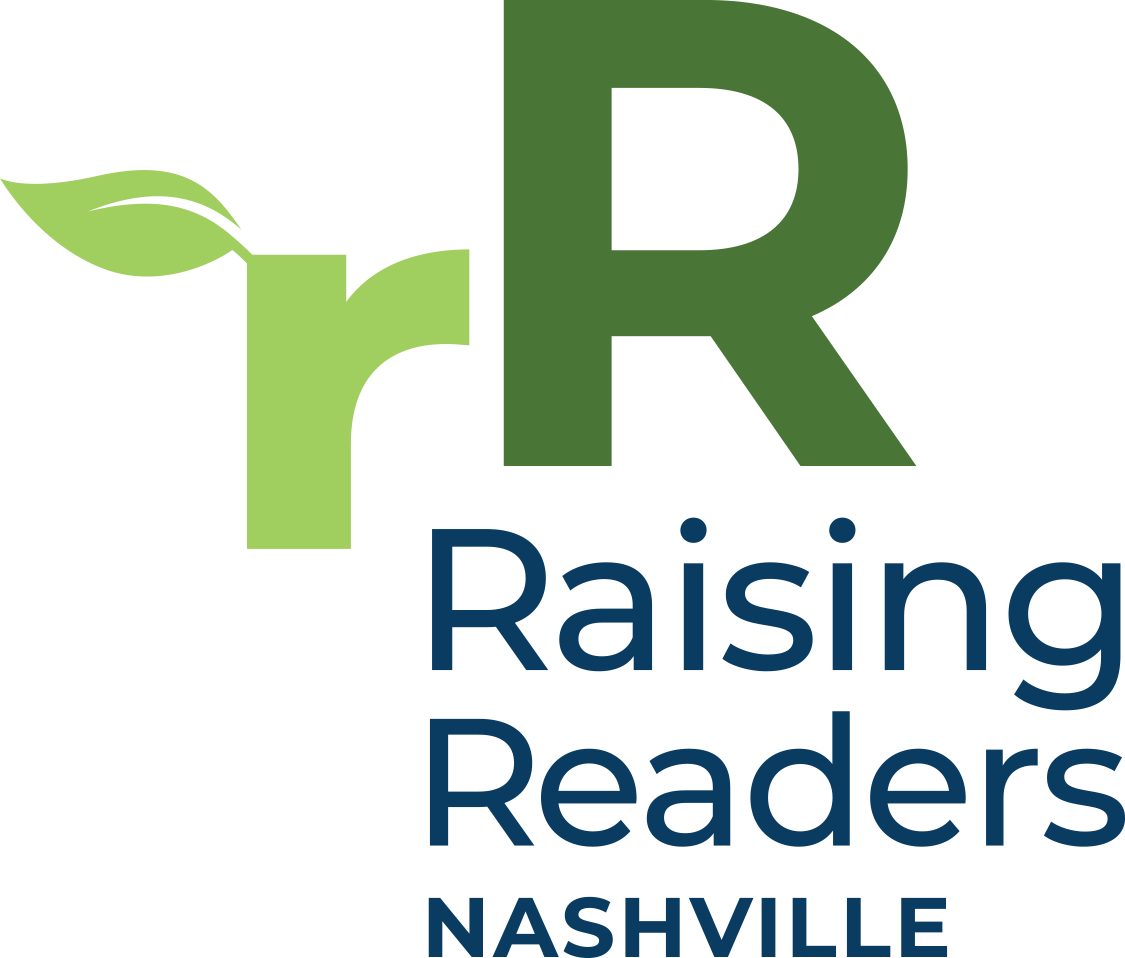Developing a Financial Plan
Assessing financial viability and forecasting various scenarios is a critical early step for both new centers and those looking to expand seats. This process will be iterative – as you gain more information about the population you will serve, your location, staffing needs, etc., your financial scenarios can be updated to give you a clearer and clearer picture and inform your decision making.
The information below reflects considerations shared by Directors, but is not a comprehensive guide to financial planning. For additional insight, reach out to other centers for further guidance and support in approaching financial planning.
SECTION THREE
Forecasting Revenue and Operating Costs
1. Plan who the center will serve.
Use publicly available data to understand the income of families that you plan to serve and to estimate what tuition rates will be affordable for your population. Forecast the number of students in each age group that you plan to serve, which will directly impact licensing requirements
TDHS licensure requirements include teacher to child ratios that vary by age, meaning the cost to operate a room for younger children is higher than the cost for older children. It is critical to have up to date information on the TDHS regulations for group size and square footage requirements to budget accurately.
If you plan on accepting TDHS child care vouchers, understand that these will be paid as reimbursements and that they do not cover the cost of child care.
2. Determine tuition structure.
Based on these inputs, determine what your tuition structure could be while remaining affordable to families.
3. Create a fundraising strategy.
This can include applying for grant funding as well as doing fundraising in the community.
The majority of grant opportunities available for child care centers are targeted to well established child care centers. In the experience of existing child care center Directors, it is more challenging to find funding if the center is brand new.
4. Plan your staffing model.
Based on the number of children by age group and the licensing requirements, determine how many teachers you will need to operate your center. Staffing costs are typically the highest costs for centers. Paying competitive wages and offering benefits are important to retaining teachers, which reduces cost in the long term.
Some things to consider:
Nashville is experiencing an acute shortage of child care workers. Think about where you will find staff and how you will attract and retain teachers.
Hours of care provided will impact staffing needs.
Be sure to include administrative staff support and professional services as needed.
5. Estimate ongoing operating costs.
These include any food provided, equipment, curriculum, maintenance, etc.
6. Generate a cost per child by age group.
Once there is clarity on your operating budget and estimates for how many children you intend to serve in each age range, then the center can calculate a cost per child by age group.
7. Project monthly cash flow.
Once you have your projected revenue and expenses, create a cash flow projection. Directors offered that understanding exactly when payroll will run and what that expense will be is critical to long term stability.
8. Build 3 months of savings.
If you are a new center, plan on having 3 months of expenses saved up in cash before opening. Remember that centers often are not fully enrolled for the first few months, and there may be a need for a significant amount of cash to float expenses in those months until your revenue increases.
